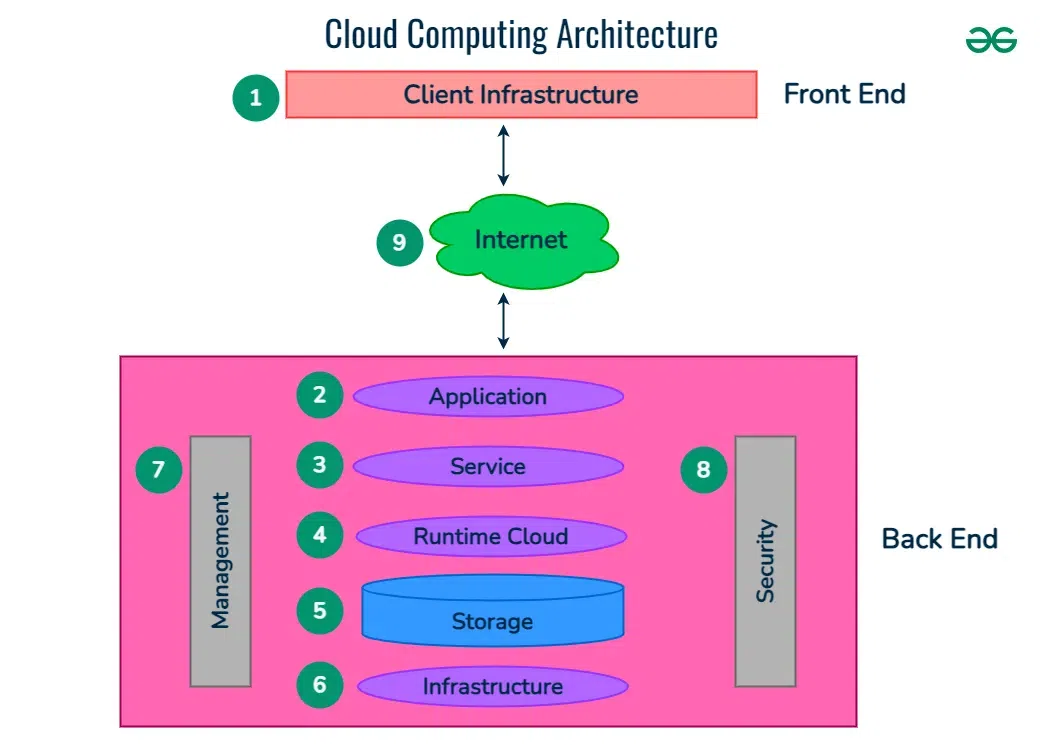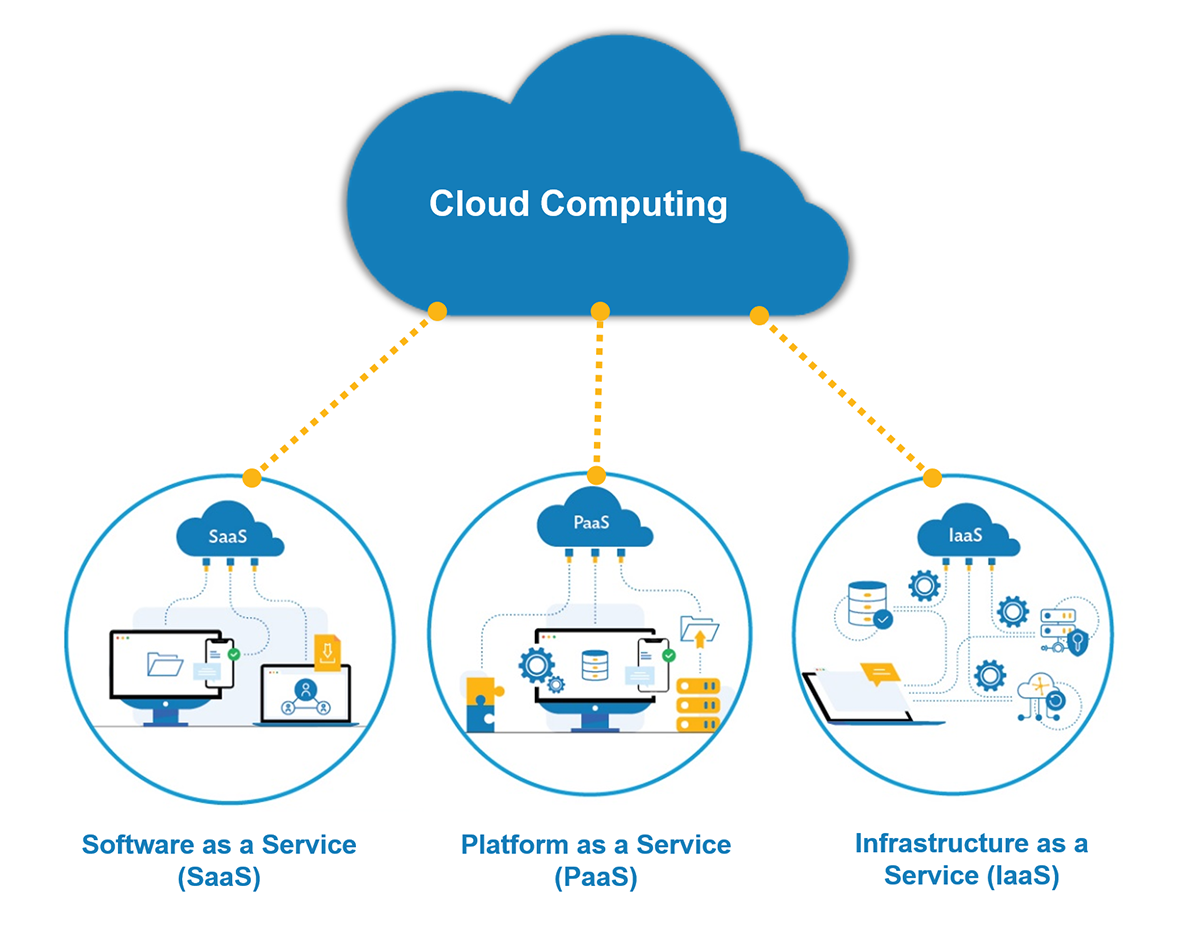Mastering LinkDaddy Cloud Services: The Ultimate Overview to Cloud Services Press Release Strategies
Mastering LinkDaddy Cloud Services: The Ultimate Overview to Cloud Services Press Release Strategies
Blog Article
Simplify Your Framework With Cloud Provider
As companies browse the ever-evolving landscape of technology and information management, the role of cloud services in streamlining facilities has become progressively noticeable. How can organizations efficiently browse this transition and genuinely open the potential of cloud services for simplifying their framework?
Advantages of Cloud Provider
Cloud services use a structured technique to managing IT framework, supplying services with scalability, cost-efficiency, and adaptability. One of the key advantages of cloud solutions is the scalability they use.
Furthermore, cloud services get rid of the demand for organizations to spend in costly software and hardware. This cost-efficiency is a significant benefit, specifically for small to medium-sized business wanting to decrease in advance expenses. By using cloud solutions, companies can access top notch IT sources without the significant rate tag connected with conventional infrastructure arrangements.
In addition, cloud solutions provide companies with the adaptability to access their data and applications from anywhere with a web link. This level of ease of access improves collaboration among teams, allows remote work, and boosts general efficiency. The adaptability used by cloud services empowers services to adjust swiftly to changing market conditions and customer demands.
Price Cost Savings and Scalability
Along with the functional advantages highlighted previously, the assimilation of cloud services right into a company's framework comes up with significant price financial savings and boosted scalability. Cloud solutions offer a pay-as-you-go model, allowing businesses to scale resources up or down based on current needs, therefore preventing the expenses connected with preserving excess ability. This flexibility allows companies to adapt rapidly to changing demands without sustaining unneeded costs.
Additionally, cloud services eliminate the need for upfront investments in software and hardware, reducing capital investment. Operating costs are also reduced as companies no much longer need to manage and maintain physical servers, bring about lower power intake and IT staffing prices. Furthermore, cloud services give automated updates and upkeep, making sure that the facilities remains updated and safe without needing hands-on interventions.
Enhanced Protection Steps
Executing rigid protection actions is extremely important when incorporating cloud solutions right into a company's infrastructure to protect sensitive information and guarantee conformity with sector regulations. Cloud service providers supply boosted protection features such as information file encryption, firewall software defense, and multi-factor verification to alleviate cybersecurity dangers.
Furthermore, routine safety and security audits and compliance analyses assist ensure and recognize vulnerabilities adherence to market requirements. Companies can additionally take advantage of attributes like automated safety updates and real-time risk surveillance offered by cloud service carriers. By focusing on security procedures and Visit Your URL remaining aggressive in dealing with possible threats, organizations can confidently utilize cloud services while securing their important data from unauthorized accessibility or breaches.
Transitioning to Cloud Facilities
To effectively integrate cloud services into a firm's infrastructure, a structured technique that attends to the change towards cloud-based options is essential. Transitioning to cloud infrastructure involves cautious planning and execution to guarantee a smooth movement procedure - universal cloud Service.
As soon as the analysis is full, a migration strategy should be created. This approach should describe the timeline, resources, and responsibilities for relocating each element to the cloud. It is necessary to communicate this strategy clearly to all stakeholders to guarantee alignment and minimize disruptions during click this link the transition.
Throughout the migration monitoring, screening and procedure are critical to determine and deal with any kind of concerns immediately. Regular checkpoints need to be developed to track development and make required changes. Furthermore, training for employees on making use of cloud solutions ought to be given to make sure a successful transition and optimize the benefits of the brand-new infrastructure.
Ideal Practices for Cloud Fostering
Effective adoption of cloud services rests on the calculated alignment of service objectives with technological capacities and organizational preparedness. To ensure a smooth shift to the cloud, organizations need to start by carrying out a comprehensive assessment of their existing infrastructure and recognizing which work are best fit for cloud migration. It is critical to involve crucial stakeholders from different departments in the decision-making procedure to gain buy-in and attend to any type of concerns at an early stage.
An additional best technique for cloud adoption is to focus on safety and security and conformity. Organizations has to thoroughly examine the protection measures supplied by cloud service suppliers and make certain that their data is safeguarded according to sector criteria and governing requirements. Implementing durable data encryption, access controls, and regular safety audits can help mitigate risks related to cloud fostering.

Verdict

As organizations navigate the ever-evolving landscape of innovation and information administration, the function of cloud solutions in simplifying framework has actually become increasingly famous - linkdaddy cloud services press release. Just how can companies successfully browse this shift and truly unlock the capacity of cloud solutions for streamlining their facilities?
Cloud services supply a streamlined method to managing IT infrastructure, supplying services with cost-efficiency, scalability, and adaptability. By utilizing cloud services, organizations can access top notch IT resources without the hefty price tag linked with conventional framework configurations.
To make certain a smooth change to the cloud, organizations ought to start by conducting a detailed assessment of their current infrastructure and determining which work are best suited for cloud movement.
Report this page